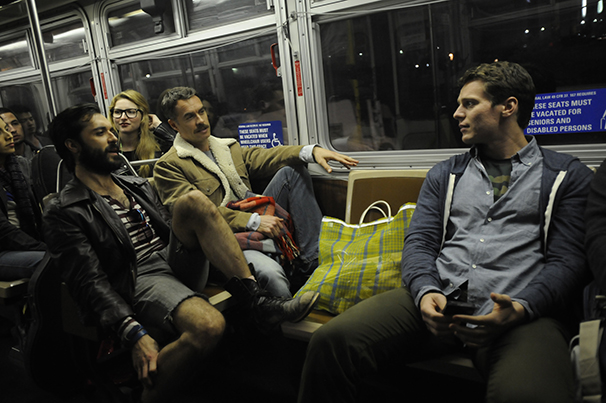
The LGBTQ community has seen a rising importance and visibility in the media in the past few decades. LGBTQ characters are featured in extraordinarily successful television series like “Glee,” “The Office” and “Modern Family.”
Celebrities who identify themselves as LGBTQ are also grabbing major television roles, such as Jim Parsons in “The Big Bang Theory” and Neil Patrick Harris, who stars as a notorious womanizer in “How I Met Your Mother.”
Historically, writers and producers have included LGBTQ characters and themes in an attempt to explore the challenges faced by the community. In the musical comedy series “Glee,” Chris Colfer’s Kurt is an aspiring Broadway singer and the only openly gay student at his high school.
Toward the beginning of the series, Kurt’s father grapples with, and eventually accepts, his son’s homosexuality. Kurt is also repeatedly bullied and harassed for his sexual orientation. The show manages to represent both the continuing intolerance toward members of the LGBTQ community, as well as the ability of a gay individual to rise above these unfortunate circumstances.
Yet recently, there has been a shift away from defining LGBTQ characters solely based on their LGBTQ status. “Looking,” which premiered on HBO in January, follows the story of three gay men living in San Francisco. The show includes gay characters, but Patrick, Agustín and Dom are not defined by their sexuality.
Rather, they are complex individuals with aspirations and setbacks, and they experience heartbreak and relationships in much the same way any other character, regardless of sexual orientation, would. “Looking” manages to explore the challenges and opportunities facing today’s LGBTQ community without depicting its characters in a stereotypical way.
“Orange is the New Black,” a popular drama released on Netflix in 2013, is another attempt to depict the lives and relationships of LGBTQ people in a more authentic, believable way. The show tells the story of Piper Chapman, a bisexual woman sent to prison after transferring money for her drug-smuggling ex-girlfriend. With both humor and gravity, the series examines the dynamics of Chapman’s relationships with her current fiancé and her ex-girlfriend.
The cast of “Orange is the New Black” includes Laverne Cox, a transgender woman who plays a transgender inmate on the show. Through Cox’s character Sophia Burset, the series exposes the discrimination and intolerance toward transgender inmates in today’s prisons. In the show, Sophia is denied her hormone pills, and the series brings to light the harassment frequently experienced by transgender prisoners. Cox, as one of the few well-known transgender celebrities, is helping to promote LGBTQ acceptance through her television role.
Television is moving toward greater authenticity in its portrayal of LGBTQ characters. Series are finding a receptive audience in a generation that is increasingly accepting, and they encourage tolerance by providing accessible, relatable characters. These shows serve as reminders that LGBTQ individuals are, above all else, people, and that they should not be categorized according to their sexual orientation.
A version of this article appeared in the Feb 12 print edition. Jessica Tien is a contributing writer. Email her at [email protected].






















































































































































